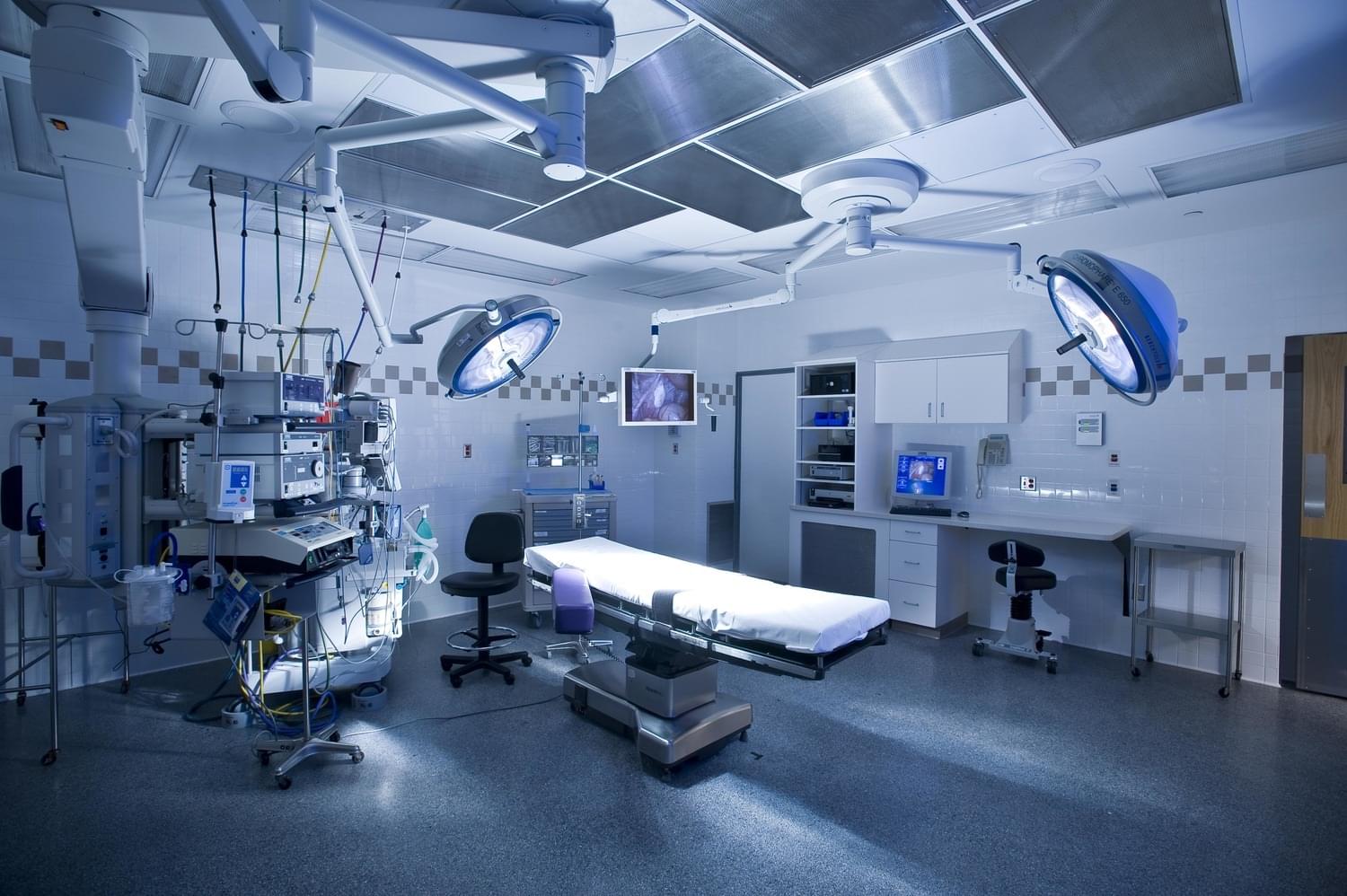
In the ever-evolving landscape of healthcare, advancements in technology continually revolutionize the way medical professionals deliver care. Among these innovations, the integration of medical equipment with electronic medical records (EMRs) stands out as a transformative force, enhancing the efficiency, accuracy, and overall effectiveness of clinics worldwide. This integration heralds a new era of seamless collaboration between machines and data, empowering healthcare providers to deliver optimal patient outcomes. Let's delve into the profound impact this synergy has on the work of clinics.
Streamlined Workflow and Efficiency Boost
Picture a scenario where a patient undergoes diagnostic tests using various medical devices. Traditionally, this would entail manually recording data, transcribing it into paper charts, and then inputting it into EMRs—a cumbersome process prone to errors and delays. However, with integrated medical equipment and EMRs, this workflow becomes streamlined and automated.
By interfacing directly with EMRs, medical devices can seamlessly transmit data in real-time, eliminating the need for manual documentation. This not only saves valuable time but also reduces the risk of transcription errors, ensuring the accuracy and completeness of patient records. Consequently, healthcare providers can devote more time to patient care, leading to improved patient satisfaction and outcomes.
Enhanced Clinical Decision-Making
In the realm of healthcare, informed decision-making is paramount. The integration of medical equipment with EMRs equips clinicians with comprehensive, up-to-date patient information at their fingertips. When medical devices automatically populate EMRs with vital signs, lab results, imaging studies, and other relevant data, clinicians gain a holistic view of each patient's health status.
Armed with this comprehensive data, clinicians can make well-informed decisions regarding diagnosis, treatment plans, and medication management. Moreover, EMRs can incorporate decision support tools, such as clinical guidelines and alerts, further enhancing the quality and safety of care. This synergy between medical equipment and EMRs empowers healthcare providers to deliver personalized, evidence-based treatment tailored to each patient's unique needs.
Facilitated Communication and Collaboration
Effective communication and collaboration are fundamental to delivering high-quality healthcare. Integrated medical equipment and EMRs facilitate seamless communication among members of the healthcare team, fostering collaboration and coordination of care. For instance, when a medical device uploads data to an EMR, it becomes instantly accessible to all authorized healthcare providers involved in the patient's care.
This real-time sharing of information promotes interdisciplinary collaboration, allowing clinicians from different specialties to collaborate efficiently. Whether it's a radiologist interpreting imaging studies, a pharmacist reviewing medication orders, or a nurse monitoring vital signs, everyone can access the same comprehensive patient data. As a result, healthcare teams can work synergistically to develop and implement optimal care plans, leading to improved patient outcomes and satisfaction.
Empowering Patients and Enhancing Engagement
In today's digital age, patients are increasingly taking an active role in managing their health. The integration of medical equipment with EMRs empowers patients by granting them access to their own health data and fostering greater engagement in their care. Patients can view test results, track their progress, and communicate with their healthcare providers more easily through patient portals integrated with EMRs.
Furthermore, when patients actively participate in managing their health, they are more likely to adhere to treatment plans and engage in preventive care measures. This collaborative approach not only improves health outcomes but also strengthens the patient-provider relationship, fostering trust and satisfaction.
Conclusion
The integration of medical equipment with electronic medical records represents a paradigm shift in healthcare delivery, revolutionizing the way clinics operate. By streamlining workflows, enhancing clinical decision-making, facilitating communication and collaboration, and empowering patients, this synergy paves the way for a future where healthcare is more efficient, effective, and patient-centered than ever before.
As clinics embrace this transformative integration, they position themselves at the forefront of healthcare innovation, poised to deliver exceptional care that truly makes a difference in patients' lives. In this era of technological advancement, the harmonious marriage of medical equipment and EMRs heralds a brighter, healthier future for clinics and patients alike.
I've been following this blog for months now and have already applied a few tips and tricks to my life that I learned here. Without exaggeration, but these tips have had a huge impact on my life.
Sammy Osborn
03.25.2024Great site with valuable tips. A lot of interesting and useful information. Always interesting to read.I recommend.